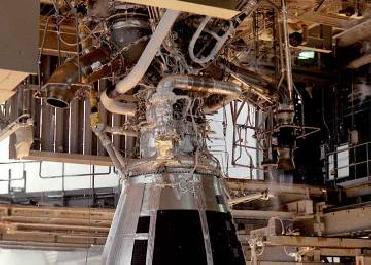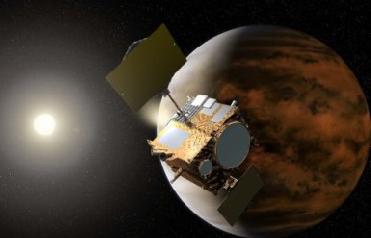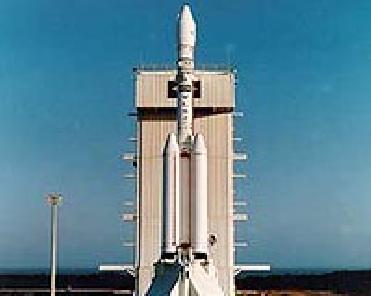
ISRO's GSLV will carry GSAT-4 experimental communication satellite in April.
BANGALORE (PTI): Indian Space Research Organisation (ISRO) has come under criticism from promoters of an Israeli astronomical satellite for allegedly delaying its launch and shifting the blame on schedule slippages.
Tauvex comprises three ultra-violet band telescopes developed by Tel Aviv University and Israel space agency (ELOP), with Bangalore-based Indian Institute of Astrophysics providing the software and science and mission planning.
Its flight date on board an Indian launcher was first supposed to be in late 2005 and has continually slipped.
Tauvex, whose scientific data would be open to all Indian and Israeli scientists, was scheduled to be launched by ISRO's GSLV (geosynchronous satellite launch vehicle) this month but India's space agency said it would not be part of this mission.
"Yes, it was originally (scheduled to be launched by GSLV this month). But then we are not putting it because it's an astronomy payload. And on review, we found that the signals that we can get from geostationary orbit are far less compared to a lower orbit and sensitivity of the (Tauvex) instrument also had come down", ISRO Chairman K Radhakrishnan told PTI.
"So, we best thought that we will have a mission later", he said.
But promoters of Tauvex, which aims to conduct ultraviolet imaging experiment that will image large parts of the sky in a particular wavelength region, said on condition of anonymity that even if the sensitivity of the instrument had come down, they could have still had "good science" from GSLV orbit.
"Even if sensitivity drops, we could have made up through increased exposure time and observation time", an official behind the Tauvex project said, adding "Once we go to PSLV (lower orbit), our science focus changes. We can still do excellent science with PSLV. We are concerned by the delay".
The Israeli official said the real reason for postponing the Tauvex launch has to do with GSLV boosters which are not powerful enough to carry additional weight.
This month's GSLV carries GSAT-4 experimental communication satellite, weighing 2200 kg.
According to the official, the 80-kg Tauvex was removed after its integration with GSAT-4 because of the "weight problem."
"We are ticked off because actually GSLV booster is not powerful enough (as GSLV already will carry its optimum capability with GSAT-4). It's a problem with GSLV booster," he said.
The Tauvex consists of three equivalent 20-cm UV imaging telescopes with a choice of filters for each telescope. The main purpose of the instrument is to take deep observations of the sky in three bands of ultraviolet.
Tauvex promoters say they always had very difficult time in the past understanding ISRO schedules and have not been kept in the loop regarding when launch would be.
Meanwhile, Indian Principal Investigator of the Tauvex project, Prof Jayant Murthy said, "We believe that we could still have had good science in the geostationary orbit because we could have compensated for our reduced sensitivity by increased observation time".
"We (the Israelis and I) are disappointed by the delay.
ISRO has promised us a new launch on a PSLV and we will take advantage of the opportunity to refurbish the instrument. We are still waiting to hear from ISRO what alternative arrangements will be made and are anxious to begin work", he added.
"We have now been sitting in the ISRO clean room under not very controlled conditions for more than two months and are becoming concerned about further damage to the instrument", Murthy added.
Murthy said the payload was first developed as part of a much larger Russian satellite but, when that mission was indefinitely delayed, the Tauvex promoters proposed a secondary launch by ISRO.
"We would focus on regions of the sky near the poles where we will obtain observations of more than one lakh seconds in selected areas", he said.
"In many ways, this complements the GALEX mission of NASA which observes a much larger area of the sky but with only two bands as opposed to our three and the upcoming ASTROSAT mission which can follow-up with better spatial resolution and sensitivity those objects we discover", he said.
 Previous Article
Previous Article Next Article
Next Article













The Indian Air Force, in its flight trials evaluation report submitted before the Defence Ministry l..
view articleAn insight into the Medium Multi-Role Combat Aircraft competition...
view articleSky enthusiasts can now spot the International Space Station (ISS) commanded by Indian-American astr..
view article